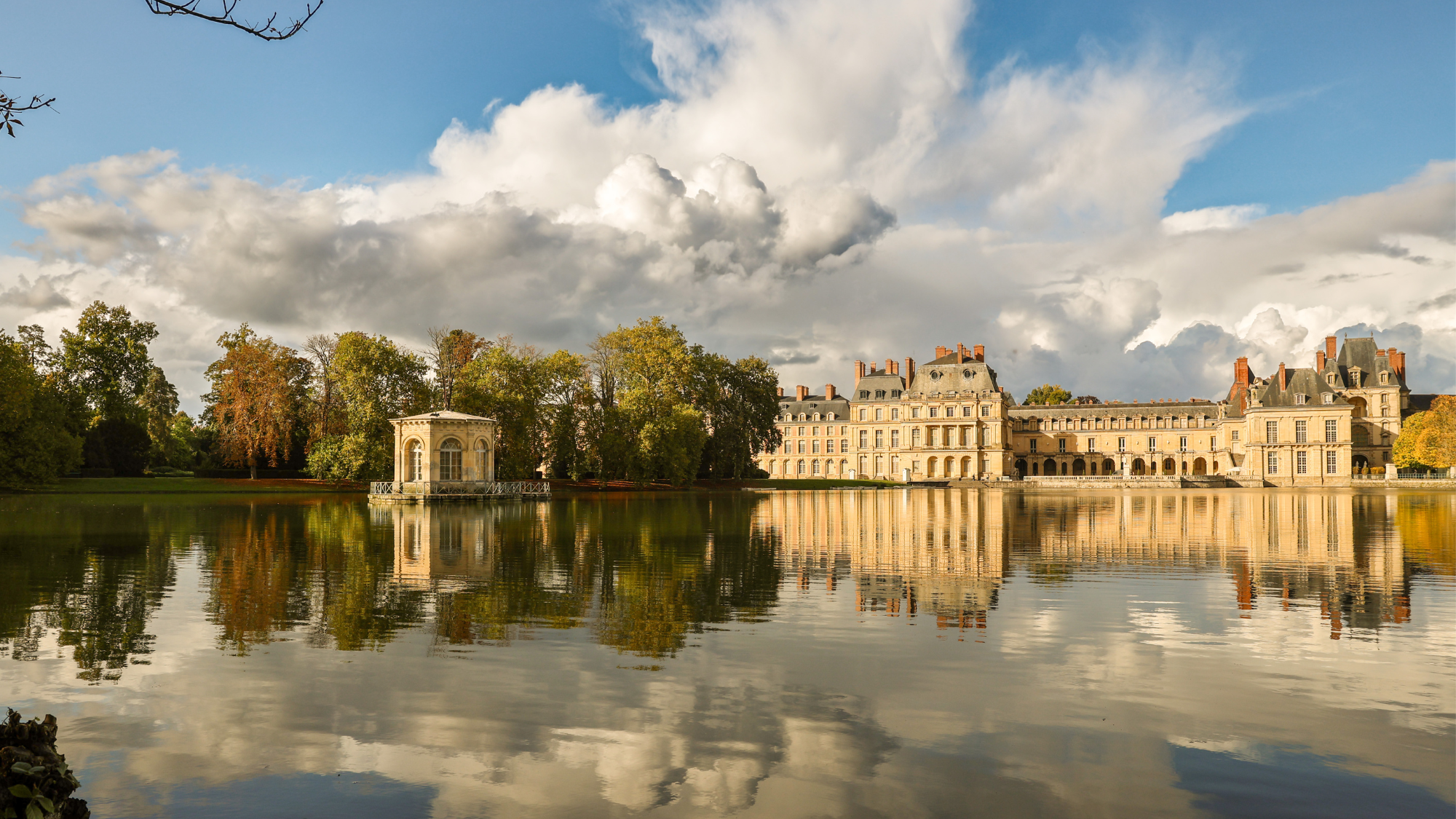German Impressionist Landscape Painting: Liebermann—Corinth—Slevogt
The Museum of Fine Arts in Houston introduces Americans to three German impressionist painters who deserve to be better known.
Museum of Fine Arts, Houston
Through Dec. 5
Most people think of impressionism as a purely French artistic movement, said Douglas Britt in the Houston Chronicle. In fact, it had a late if little-known flowering in Germany, where artists such as Max Liebermann, Lovis Corinth, and Max Slevogt “didn’t just produce warmed-over versions of their French counterparts’ greatest hits.” Rather, they combined their country’s own tradition of romantic landscape with the impressionists’ airy nature scenes, putting their emotions on display to a degree matched only by van Gogh. This show at Houston’s Museum of Fine Arts, “the first U.S. museum exhibition devoted to this largely unfamiliar chapter,” introduces Americans to three artists who deserve to be better known.
The Week
Escape your echo chamber. Get the facts behind the news, plus analysis from multiple perspectives.

Sign up for The Week's Free Newsletters
From our morning news briefing to a weekly Good News Newsletter, get the best of The Week delivered directly to your inbox.
From our morning news briefing to a weekly Good News Newsletter, get the best of The Week delivered directly to your inbox.
Despite their relative obscurity, all three “hold up well,” said Jackie Wullschlager in the Financial Times. Liebermann was the oldest—roughly contemporary with the first French impressionists. His paintings of laborers, such as Bleaching Field at Zweeloo (1883), show the influence of Jean-François Millet’s famous peasant scenes. Later, Liebermann would become fascinated with “Degas’ and Manet’s form and geometry”; his numerous paintings of his garden in Berlin all have a meticulous order. Slevogt, meanwhile, shows “a freshness that eluded Liebermann”: His autumnal canvases, including the “delightful” Grape Arbour (1917), casually produce intimations of approaching evening and of mortality. Corinth adopted an impressionist style only around 1918—when most every other artist had moved on. In his magnificent “Walchensee” paintings, he makes Germany’s Lake Walchen seem able to process “existential” traumas through a veil of shifting color. “Thus German landscape painting became modern—not through French fracturing of form or division of color, but by reasserting the high emotional values of its romantic legacy.”
A free daily email with the biggest news stories of the day – and the best features from TheWeek.com
-
 ‘It’s hard not to feel for the distillers’
‘It’s hard not to feel for the distillers’Instant Opinion Opinion, comment and editorials of the day
-
 A long weekend in Fontainebleau
A long weekend in FontainebleauThe Week Recommends Less than an hour from Paris, this historic town is perfect for a short break
-
 Political cartoons for December 16
Political cartoons for December 16Cartoons Tuesday’s editorial cartoons include calibrating fonts, Christmas classics, and more